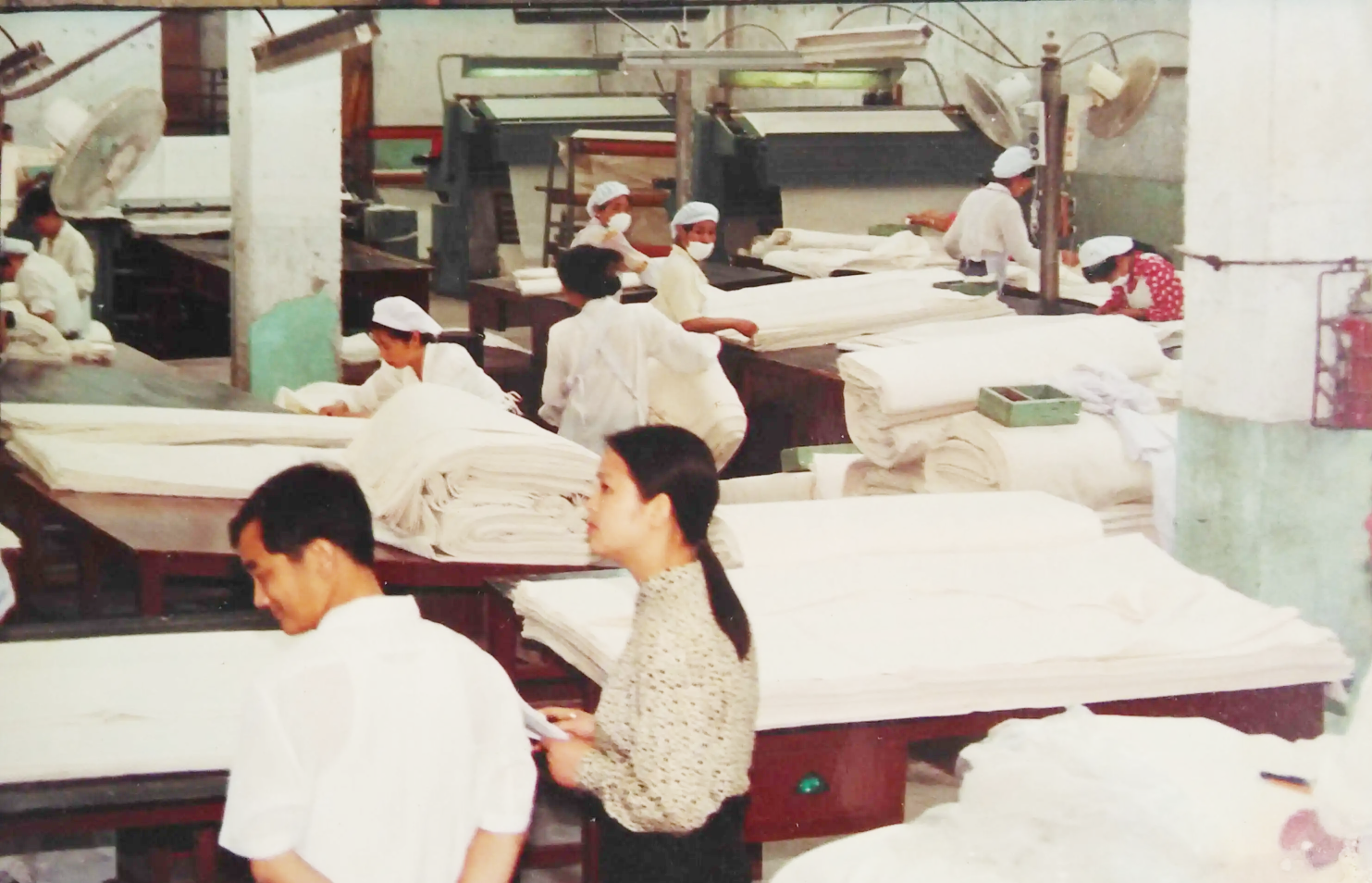Contact hotline

Textile dyeing and finishing additives play a very important role in textile processing technology. Although the dosage is not large, they play an indispensable role in textile processing technology, sometimes even indispensable. In summary, textile dyeing and finishing additives mainly play a concentrated role in textile product processing.
1. Shorten the processing cycle or reduce the processing steps, save processing time, and improve processing efficiency.
2. Reduce energy consumption, save energy, and reduce costs.
3. Reduce three waste pollution and improve environmental quality.
4. Improve the printing and dyeing effect, as well as the appearance and internal quality of the fabric.
5. To endow textiles with a certain special function and effect, improving the product's performance and added value.
Classification of textile dyeing and finishing auxiliaries
There are many types of textile dyeing and finishing additives, with complex compositions and diverse performance and applications. In order to better understand and use it, it is necessary to classify it. From different perspectives, there are different classification methods. There are generally four eight types of methods.
1、 Classification based on long-term retention of additives on fibers
There are two types of retention of additives on fibers, and according to these two situations, textile dyeing and finishing additives can be divided into two categories: removal additives and retention additives.
1. After treating fibers or fabrics with additives, it can improve processing efficiency or make the processing process smoother. In the subsequent process, it must be removed to avoid affecting the progress of the subsequent process. This type of additive is called a removal additive, such as textile slurry, chemical fiber oil agent, etc.
2. Retention aids are processed and mechanically precipitated onto fibers or chemically reacted with them, which are no longer removed in subsequent processes, resulting in long-lasting effects. Many finishing agents, flame retardants, softeners, and other retention aids.
2、 Classification of raw materials by composition of additives
According to the composition of raw materials, textile additives can be divided into two categories: surface active additives and non surface active agent additives.
1. A large portion of textile dyeing and finishing auxiliaries are composed of surfactants, accounting for more than half of all textile auxiliaries. Some of them are pure surfactants themselves, and more of them contain surfactants and their complexes, such as emulsifiers, wetting agents, detergents, etc.
2. Non surfactant auxiliary This kind of dyeing and finishing auxiliary contains no surfactant and is composed of macromolecular compounds or other organic and inorganic compound substances, such as resin finishing agent, flame retardant, fluorescent whitening agent, etc.
Each category can be further divided into several sub categories according to composition, for example, surfactant auxiliaries can be divided into many sub categories, such as anionic surfactant auxiliaries, cationic surfactant auxiliaries, zwitterion surfactant auxiliaries and non-ionic surfactant auxiliaries.
3、 Classification by form
Textile dyeing and finishing auxiliaries can be divided into two categories according to their form: liquid products and solid products. Liquid products can be divided into water soluble, lotion and solvent. Liquid products are easy to mix, accurately measured, and easy to use. Therefore, textile dyeing and finishing additives are mostly liquid products. In recent years, with the improvement of environmental requirements and the strict requirements for safety and fire prevention, the proportion of water-soluble and lotion products in liquid products has increased, while solvent products have decreased. Solid products are mostly in granular or sheet form, which is characterized by easy transportation and storage.
4、 Classification by application of additives
The principle of classification is to classify textile products according to their processing process, depending on which process the additives are used in. This classification method has several different classification principles based on the boundaries of the processing process.
A coarser classification divides textile dyeing and finishing auxiliaries into two categories: textile auxiliaries and dyeing and finishing auxiliaries;
B is further divided into five categories: textile additives, pre-treatment additives, dyeing additives, printing additives, and finishing additives;
C is divided into three categories: pre-treatment aids (including textile aids), printing and dyeing aids, and finishing aids, which fall between the first two types. Each category is further subdivided into several subcategories, such as printing and dyeing aids, which are further divided into leveling agents, dispersants, fixing agents, fluorescent brighteners, pigment printing aids, etc.
The widely used classification is to classify textile dyeing and finishing additives into three categories: textile pre-treatment additives (including textile additives and pre-treatment additives), printing and dyeing additives (including dyeing and printing additives), and finishing additives. Each category is further subdivided into:; Additives for textile pre-treatment, such as size, oil, scouring aids, wetting agents, penetrating agents, bleaching agents, detergents, etc; B Printing and dyeing additives, such as emulsifiers, dispersants, leveling agents, fixing agents, defoamers, pigment printing adhesives, thickeners, fluorescent brighteners, etc; C Textile finishing additives, such as resin crease resistant finishing agent, softener, antistatic agent, waterproof agent, flame retardant, etc. The above information comes from Hanke Fine.